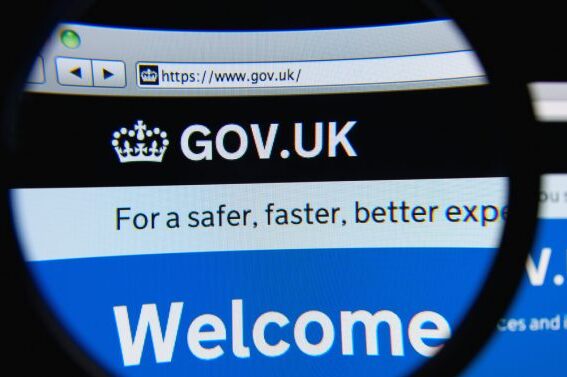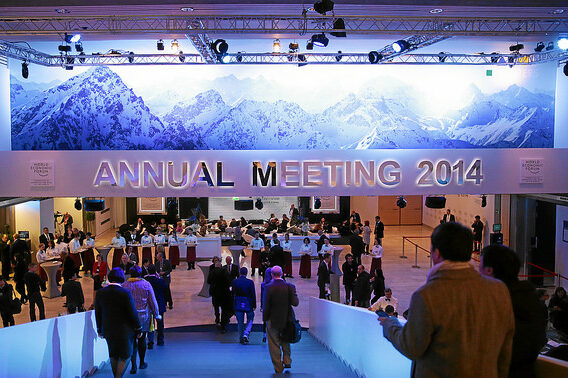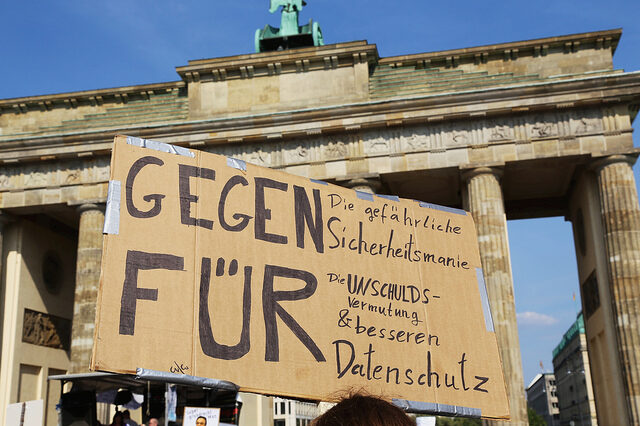Tag: government
News
- Articles from Policy & Internet
- Books
- Call for Papers
- Child Safety
- Collective Action
- Conferences
- Democracy
- Development
- Economics
- Education
- Environment
- Ethics
- Governance & Security
- Health
- Interviews
- Mapping
- Methods
- Policy
- Politics & Government
- Publications
- Social Data Science
- Submissions Closed
- Tools
- Video
- Wellbeing
-

Open government policies are spreading across Europe—but what are the expected benefits?
Mapping out the different meanings of open government, and how it is framed by different…
-

Back to the bad old days, as civil service infighting threatens UK’s only hope for digital government
The Government Digital Service (GDS) isn’t perfect, but to erase the progress it has put…
-

Assessing the Ethics and Politics of Policing the Internet for Extremist Material
Exploring the complexities of policing the web for extremist material, and its implications for security,…
-

Do Finland’s digitally crowdsourced laws show a way to resolve democracy’s “legitimacy crisis”?
Discussing the digitally crowdsourced law for same-sex marriage that was passed in Finland and analysing…
-

Assessing crowdsourcing technologies to collect public opinion around an urban renovation project
How do you increase the quality of feedback without placing citizens on different-level playing fields…
-

The challenges of government use of cloud services for public service delivery
One central concern of those governments that are leading in the public sector’s migration to…
-

Technological innovation and disruption was a big theme of the WEF 2014 in Davos: but where was government?
The World Economic Forum engages business, political, academic and other leaders of society to shape…




